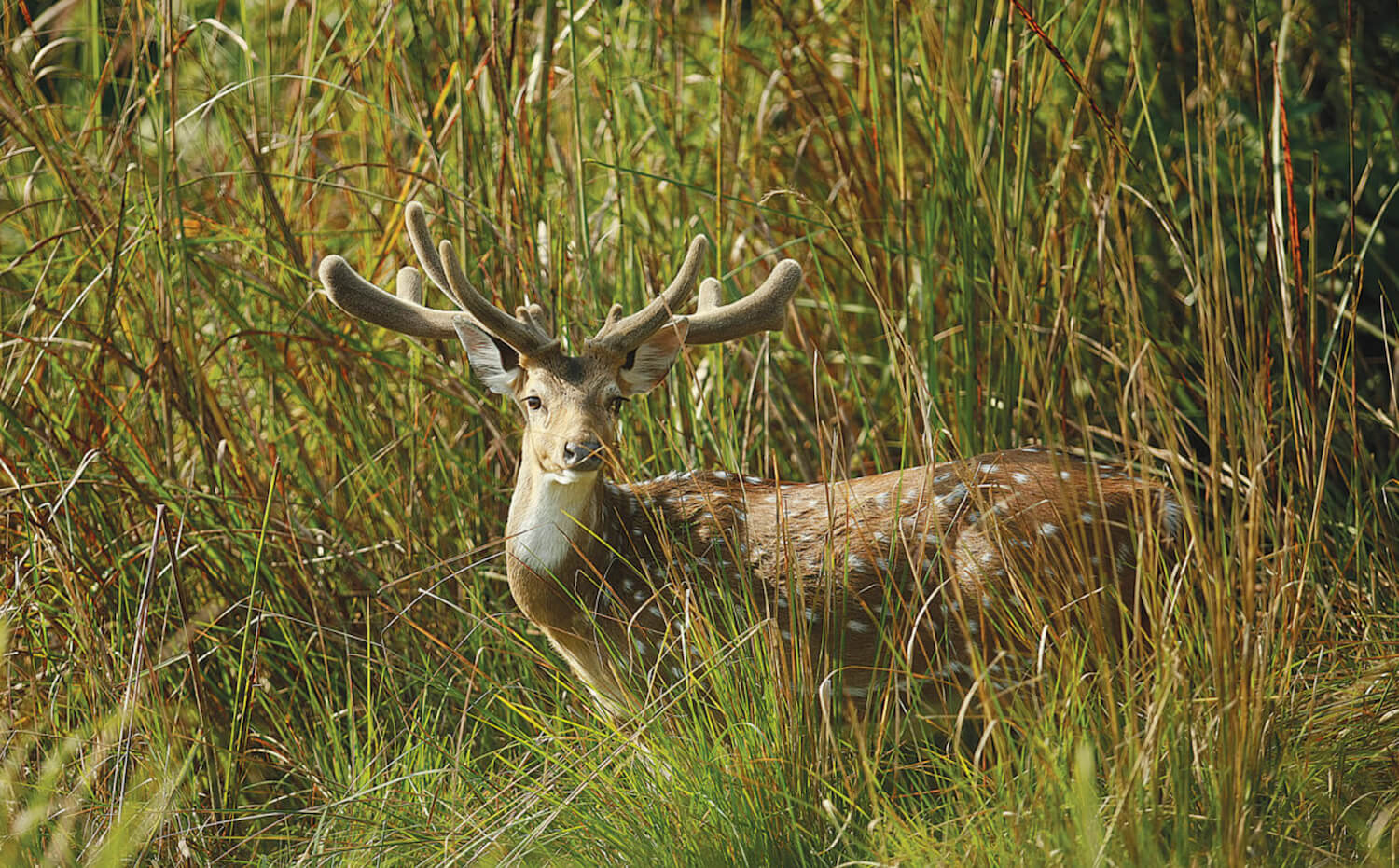Chitwan can accommodate more tigers

When a wildlife census in Chitwan National Park in 2013 counted 120 tigers, conservationists were elated. It meant Nepal was well on its way to doubling its tiger population by 2022 as per an international target.
But in 2018, the number of tigers surprisingly fell to 93, owing to male tigers getting into fights over territory. Ecologists feared that the park was getting too crowded, and it had reached a saturation for the number of tigers it could accommodate and there was fear of human-animal conflict.
An adult male tiger needs at least 100sq km to roam in, while a female needs about 20 sq km. Each adult needs to make at least one kill of a deer-sized animal a week.
The debate compelled the Department of National Parks and Wildlife and Nature Conservation to study the carrying capacity of Chitwan and the adjoining Parsa National Park, where there was actually an increase in tigers in the 2018 count.
Now, a new study titled 'Assessment of Ecological Carrying Capacity of Royal Bengal Tiger in Chitwan-Parsa Complex, Nepal' that studied prey density and tiger territory has found that Chitwan and Parsa combined can actually hold at least 175 tigers.
“Under natural conditions, Chitwan has a carrying capacity of 136 tigers and Parsa can hold 39,” said Haribhadra Acharya, an ecologist from the Department involved in the study. “At present, there are 93 tigers in Chitwan, 90 in Bardia and 18 in Parsa.”
The study examined how much prey meat a tiger needs in a day, which they estimated to be 6kg, and that totals an average of 2,000kg of meat a year. In protected areas, 15% of prey species are usually hunted for food by carnivores annually, of which tigers alone account for 10%, the study found.
Extrapolating these numbers, the researchers calculated that there needed to be prey species with 20,000kg of meat roaming in a 100sq km area of an adult tiger’s territory. This is when they came to the conclusion that Chitwan and Parsa National Parks have enough meat on hooves for more tigers.

They calculated that an adult tiger makes up to 50 kills a year, roughly one deer a week, and concluded that there were enough prey species to meet that food demand.
“The common conclusion of these two findings is that the parks can hold at least 175 tigers. If suitable habitats can be developed in the intermediate zone and other corridors, this number could increase further," says Acharya.
The area of Chitwan National Park (952.63 sq. km) and the adjacent Parsa (627.39 sq. km) is a vast stretch of sub-tropical forest stretching from the Inner Tarai Chitwan Valley to the Tarai. Even though Parsa is two-thirds the area of Chitwan, it cannot carry proportionately the same number of tigers because of a lower prey density of chital deer.
There are 52 chitals per sq km in Chitwan, but only 14 in Parsa because Chitwan has more lakes, ponds, rivers and grasslands than the drier Parsa. As per this new study, the number of adult tigers per 100sq km is higher in Chitwan (3.28) than in Parsa (0.92). India's much smaller Valmiki Tiger Reserve that has 23 tigers has a density of 1.49.
The assessment also put the 'potential tiger density' for both Chitwan and Parsa National Parks at 14.5 and 6.22 respectively, much higher than it is currently. However, although the study has shown there is sufficient prey, some experts worry that more tigers packed in the two parks may mean more fights over territory.
At the Global Tiger Summit held in St Petersburg in 2010, tiger range countries pledged to double their tiger populations by 2022. Nepal achieved the target in 2018 with 235 adult tigers, the first country to do so.
This was a remarkable achievement considering that there were only 121 tigers in 2009. Nepal’s target is to reach 250 in the next two years, and given the new findings for Chitwan and Parsa, the country is on track to do so.




